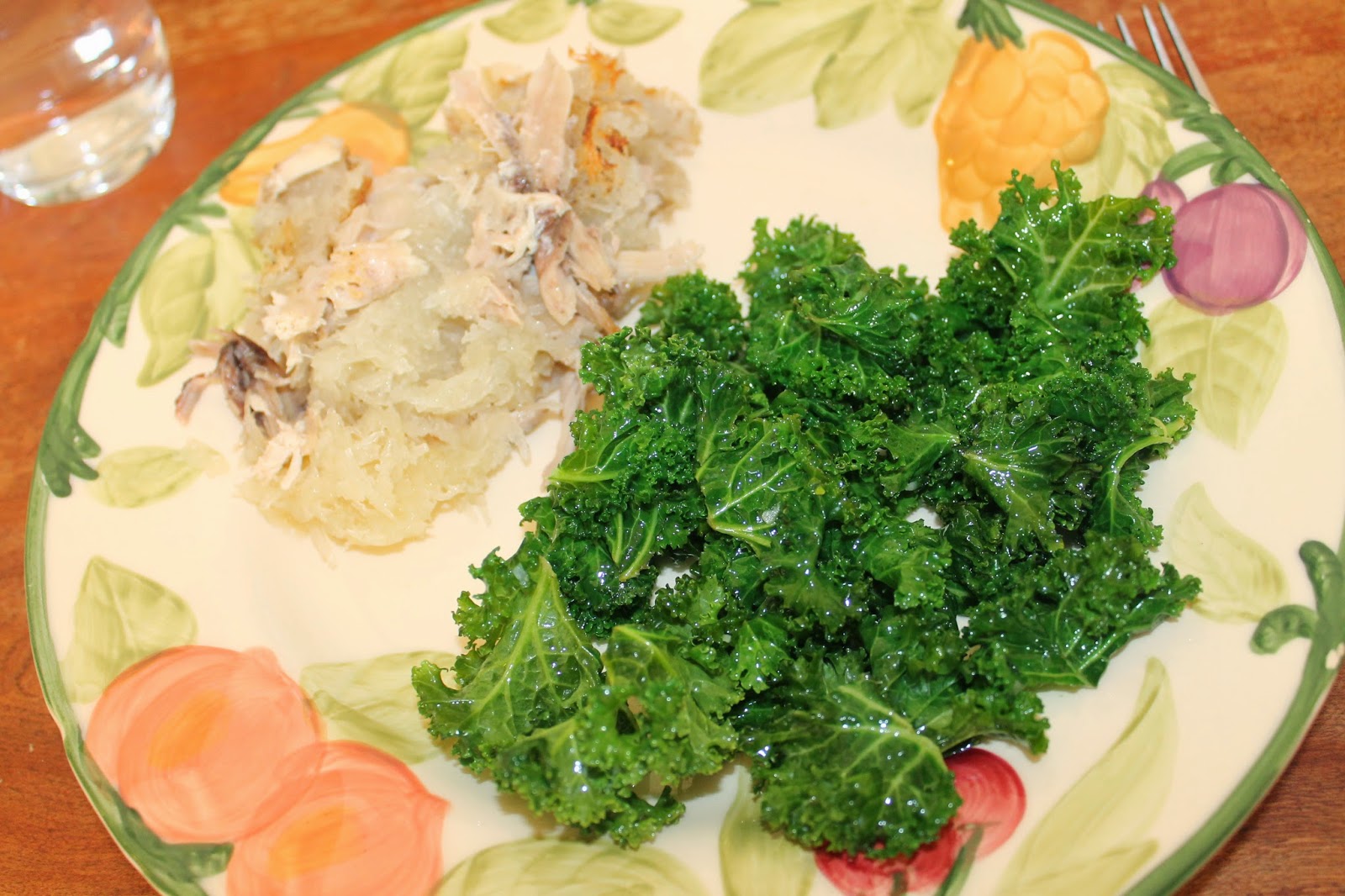My father is a fairly predictable person. When I was a girl, Dad always made turkey tetrazzini after Thanksgiving and he always made split pea soup after Easter. Needless to say, my capacity for casseroles and pea soups is almost full. I don't make either one often.
However, I can say with some confidence that I will be making Soupe aux Pois again. It is, basically, split pea soup, but made with yellow peas instead of green. The yellow peas impart a more mild, sweet flavor than traditional green. I may never use green peas in soups again!
Bannock is an indigenous bread, similar to the Eskimo doughnuts (Inupiat) or Navaho fry bread. Every once in a while, we would get Eskimo doughnuts for hot lunch at school. They were my favorite. I've been looking for a fry bread recipe for some time now, but have not been very successful. The first recipe I used produced a very dense, tasteless bread so I tweaked the recipe. The result was something more palatable, but I'm still not completely satisfied with the texture. Perhaps one of these days I'll go back and fiddle with the recipe some more.
Soupe aux Pois (original recipe here)
Serves 8
1/4 lb boneless ham, finely chopped
1/4 lb salt pork, finely chopped (bacon is a good substitute)
2 tbs butter
2 carrots, diced
2 stalks celery, diced
1 onion, diced
2 cloves garlic, minced
2 cups dried yellow split peas
1 tsp savory
salt and pepper, to taste
1. In a large Dutch oven, melt butter. Add carrots, celery, onion, and garlic. Cook, stirring occasionally, until the vegetables are soft.
2. Stir in split peas, ham, salt pork, and savory. Cook for about 2 minutes.
3. Add 6 cups water. Bring to a boil and simmer for about 2 hours, or until everything is soft and the peas have begun to fall apart.
4. Add salt and pepper to taste. Serve hot.
Bannock
Makes about 10 fry breads
2 cups all-purpose flour
1 tbs baking powder
2 tbs sugar
1 tsp salt
2 tbs oil
1/2 cup milk
1/2 cup water
4 cups oil (for frying)
1. Heat oil to about 350 degrees.
2. Mix all of the dry ingredients together.
3. Add the wet ingredients; mix well. Knead a few times on a floured surface. Dough will be sticky.
4. Form a golf-ball sized piece of dough into a ball, then flatten so that it is thinner in the middle and thicker along the edges. Place in hot oil and fry until nicely browned on one side. Flip over to cook on the other side. Repeat with remaining dough. Serve warm.
 There's nothing more comforting than macaroni and cheese, right?
There's nothing more comforting than macaroni and cheese, right?



